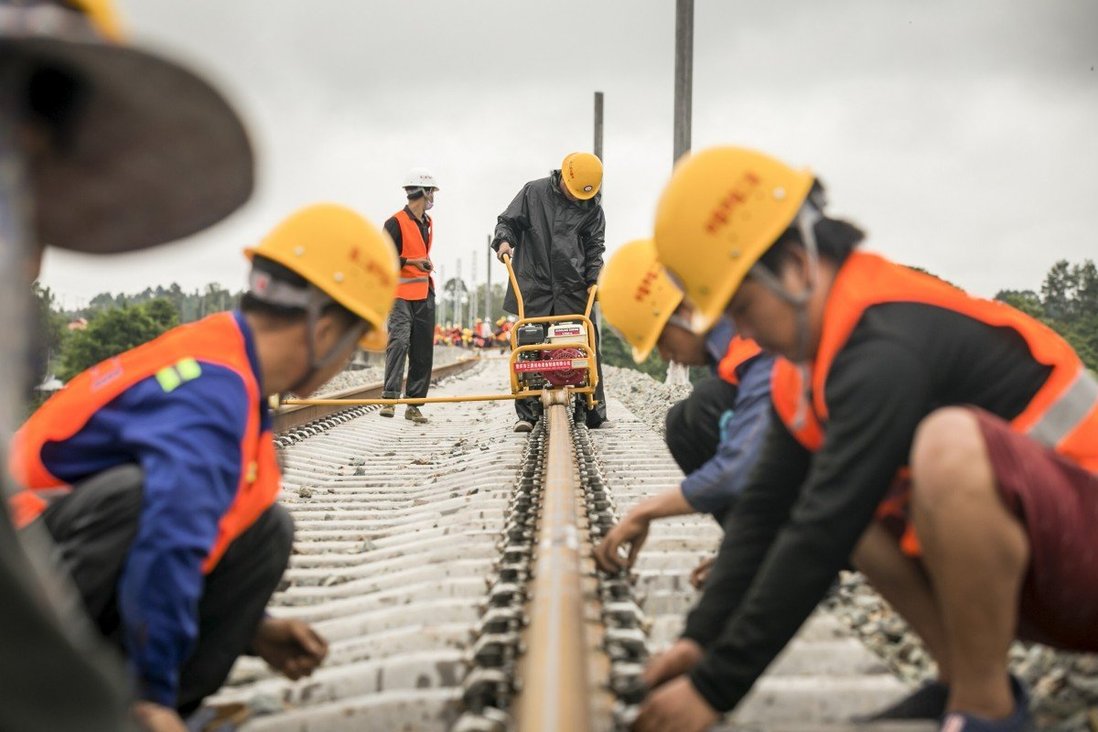By M. Alam Brohi
The U.S. is devising policies to contain the political, economic and strategic ascendancy of China. It seems this containment will be the central plank of U.S. foreign and security policy in the coming years. This competition and confrontation between the two countries, though short of a new Cold War, will keep many regional states on tenterhooks. The U.S. government is trapped domestically and internationally in their China-obsessed politics stemming from their weakening capacity to oversee world matters.
The reckless U.S. involvement in military excursions in far-off lands since World War II has resulted in countless deaths and spending of dollars. It has also left these places in utter humiliation and damaged its image of a dependable world leader. Direct U.S. military interventions and proxy wars in regions ranging from Latin America to Africa, and the Middle East to Southeast Asia, have left bitter legacies including political anarchy, intractable hostilities, militancy and terrorism.
Meanwhile, over the past four decades, China has been busy strengthening its political, economic and strategic position at the regional and global levels in ways that align with its national blueprint embedded in peace, stability, good neighborliness and economic development.
However, the economic and military rise of a regional state, in political and strategic terms, is deemed a threat to the world hegemon. This is how the U.S. government perceives China.
China has concentrated on realizing its economic potential, putting its political, ideological and territorial issues with other countries on the backburner and adopting a policy of patience and restraint in international affairs. This policy stemmed from the late Chinese statesman Deng Xiaoping's economic reforms starting in 1978 and continuing with more liberal economic plans under successive leaders. Within a decade or so, the world started witnessing the dividends of this focused economic development. China became the second largest economy by nominal GDP in 2010, and already overtook the U.S. in terms of purchasing power parity in 2020.
Following its economic development, China has become the top trading partner of East Asian countries and signed regional economic deals that include free trade agreements with Australia, Singapore, South Korea, the Association of Southeast Asian Nations and others. China's trade with Africa and Latin America also leapfrogged, the former of which grew from only around $10 billion in 2000 to $220 billion in 2014. Between 2000 and 2014, Chinese financing to Africa peaked at $122 billion, dwarfing the U.S. amount of $106.7 billion.
The past few years have witnessed China building institutional infrastructure to share its affluence with other countries. In 2014, China, in collaboration with other BRICS countries, created the $100 billion New Development Bank, and the following year, set up the $100 billion Asian Infrastructure Investment Bank, which 103 countries have since joined.

Workers from China Railway No. 2 Engineering Group work on a section of the China-Laos railway in Vientiane, Laos, June 18, 2020. [Photo/Xinhua]
In 2015, China launched the Belt and Road Initiative (BRI), which seeks to interconnect over 60 countries in Asia, Africa and Europe. The Initiative envisages development of interconnecting roads and railways for overland transportation and seaports to facilitate shipment of commercial goods. The BRI also promises financial assistance and investment in regional communication, agricultural infrastructure and natural resources. This is a game changer.
In this context, the West accuses China of employing its soft and hard power to intimidate neighboring countries. Interestingly, the U.S. and other Western states have followed the same playbook to acquire superpower status. For instance, the U.S. employed all state power to establish itself as the central economic player in Latin America, used finances through American banks as a powerful tool, and finally controlled the trade in agriculture, fruits, minerals, sugar and tobacco in the region.
The U.S. also created a string of development institutions including the World Bank, the Inter-American Development Bank, U.S. Agency for International Development and the Export-Import Bank, all of which advanced its political and economic interests.
The 20th century witnessed increased U.S. political and military intervention in Central American, African and Asian countries. Frequent military excursions and violent regime changes erupted. Only governments pliant to Washington could stay in power.
Specifically, the U.S. blockaded Cuba in 1962, the Dominican Republic in 1965, mined Nicaraguan harbors in 1980, and invaded Grenada in 1983 and Panama in 1989. It also applied financial pressure to weaken Chilean President Salvador Allende and embargoed Nicaragua to undermine the Sandinista government. Congo, Angola, Sudan, Somalia, Liberia, Sierra Leon, Cambodia, Vietnam, both Koreas, Libya, Syria, Iraq, Iran and Afghanistan can safely be added to the list of victims of U.S. overt or covert military interventions.
China has not gone to war for decades. It has been unassumingly pursuing its policies without posing any threat to other countries. It will unfailingly continue to do so in the future unless its strategic sensitivities, already clearly outlined, are challenged.
The author is a former member of the foreign service of Pakistan who retired after serving seven years as Ambassador to the Kyrgyz Republic and the Islamic Republic of Sudan.

 中文
中文





